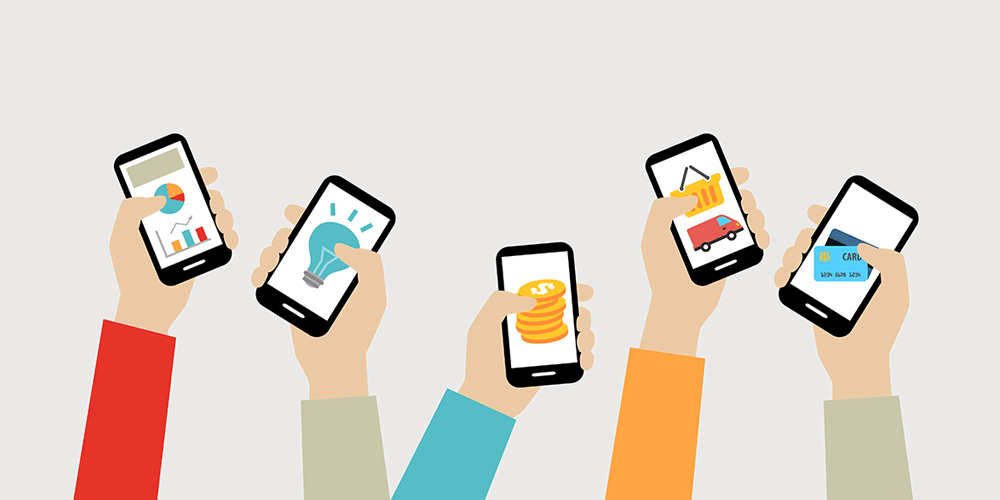With an increasing number of mobile users, the mobile search economy continues to thrive.
As more and more users access the internet using their smartphones, this single reason should already be enough for you to focus on improving mobile engagement of your site for those people.
To understand how you can improve mobile engagement, you should first understand the intention of mobile users in particular, because what they do on the web, is traditionally different that when on desktop.
In the world of e-commerce for example, mobile users are more of a surfer than a buyer.
There are a lot of e-commerce types out there, But if you're on mobile, checkout is a lot less convenient that it is on desktop. This is the reason why a majority of mobile consumption occurs in apps rather than websites.
While barriers exist, you can still turn the table and increase your website's conversion and sales for those mobile users.

Prioritizing Speed
With mobile-first indexing, Google is paying more attention to speed, making it a ranking factor. Page speed is not only essential for users on desktop, but increasingly also for users on mobile.
Not only that search engines love fast loading websites, page speed is also essential for user experience, reducing bounce rate.
We know that users on the web are somehow impatient. On mobile as a matter of fact, people are even more impatient. Even a one second delay in page speed can decrease you conversion rate dramatically, and most people will bounce off a mobile site if it takes more than three seconds to load.
What you can do here, include, and not limited to: having mobile-optimized web design that is either a separate mobile domain, responsive web design, progressive web app (PWA), using AMP, optimized images and codes, minify CSS and JS, use caching, reduce server response time, reduce redirects, eliminate pop-ups, use gzip compression and more.
Related: How To Create A Responsive Web Design That Have Mobile Users As Priority
Improving Checkout Process
Another barrier that can prevent people from purchasing products from your website, is because the checkout process can be quite cumbersome. With small screens, small keyboards and clutters, navigating can be difficult and can also be an issue.
One best way to encourage purchase, is to provide your customers an option to switch device. Or, you can also integrate third-party payment services which are trusted and more secure.
Primarily, you need to reduce the amount of clicks needed for visitors to reach the checkout. To do this, you may want to take advantage of mobile landing page, making the page contain payment information, address and so forth. All that into one page, to make sure customers get all the most information they need before buying anything from you.
Then make a checkout as painless as possible.
Proper Call-To-Action

A clear call-to-action button (CTA) should be one of your priorities.
They should be short and straightforward. And essentially, they should also be located above-the-fold and clearly visible. And also equally important, the button should provide visual responses to each completed action on your website.
This microinteraction should also improve your mobile experience.
Related: Visitors Are Expecting Things When They Are On Your Website. Show Them, Tell Them
Remarket Using FOMO And BOGO
What mobile devices have in advantage, is the ability to remarket customers through notifications and short messaging systems (SMS) messages.
For example, you can advertise time-limited promotions to urge people to check out your page. This kind of marketing should drive people to your website because it leverages the urgency and fear of missing out (FOMO). This strategy can also be coupled with time-sensitive promotions, like buy one get one free (BOGO) offers.
You can use these to drive people nearby your physical location, using location-based tracking method.
Conclusion
The mobile search economy continues to grow. Unfortunately, mobile search and e-commerce are fairly limited by the devices themselves. With apps available, transactions should be easier. But even with the barriers, you can still make your e-commerce website appeal to people.
Here, you need to re-optimize your strategy using different messaging and alternative marketing strategies to improve conversion.
And the best of all, there is no need for additional unnecessary expenses because the initial things you can do, is only leveraging the ones you already had.